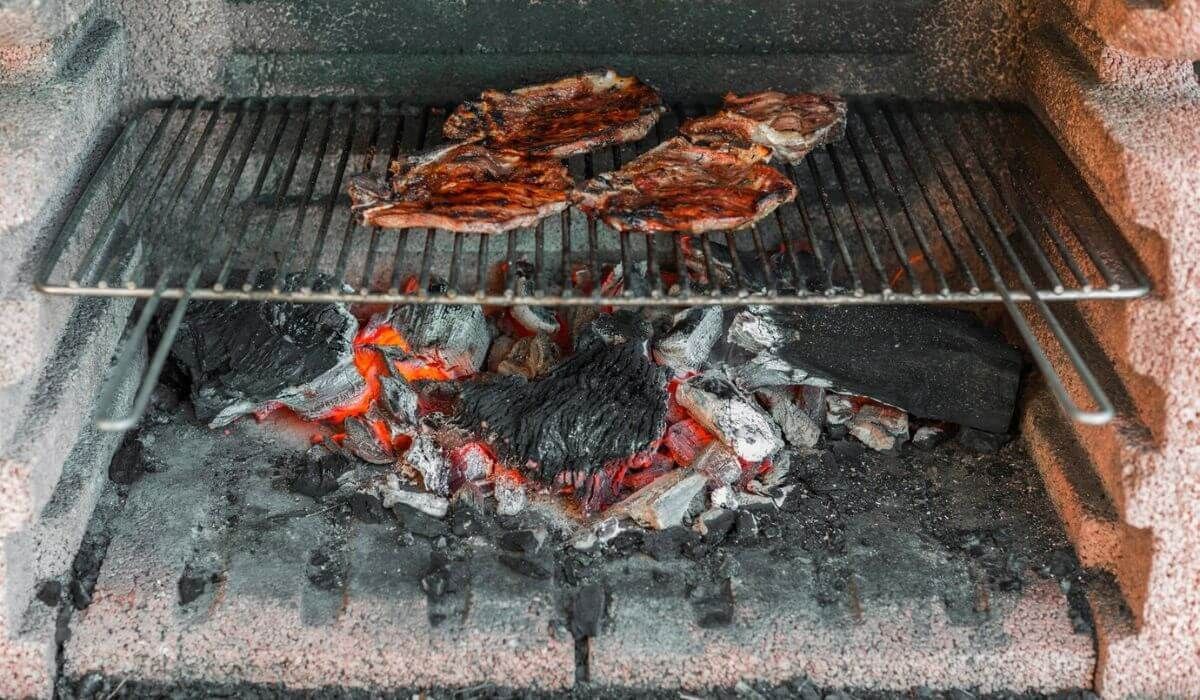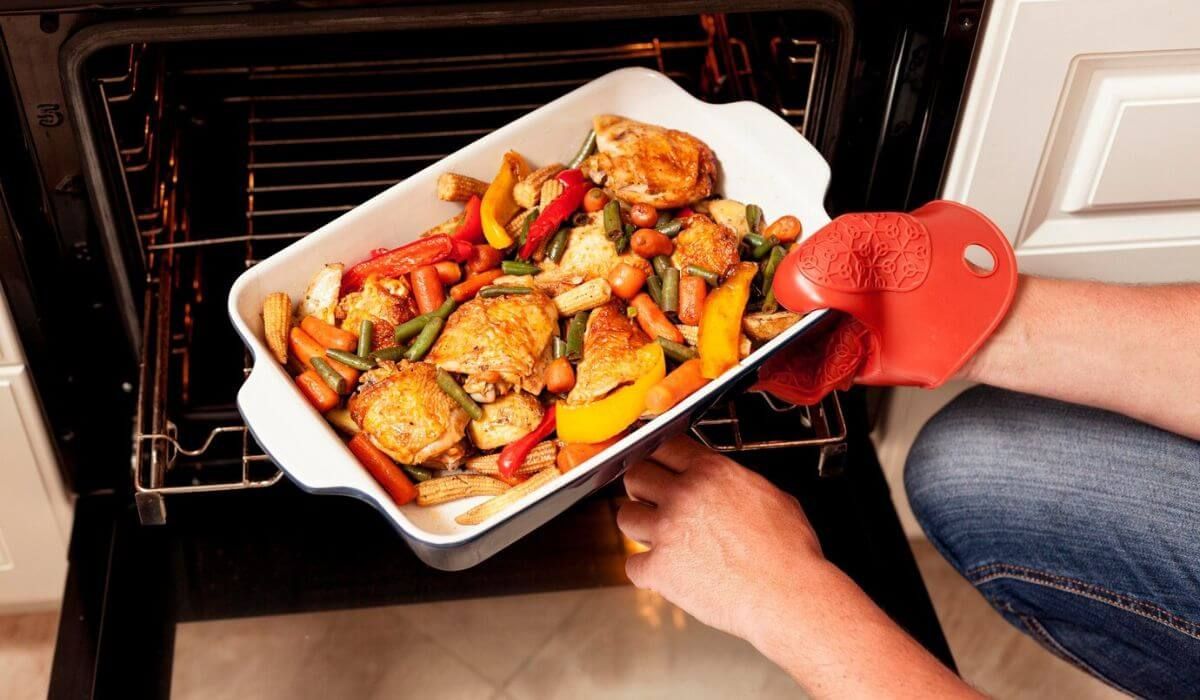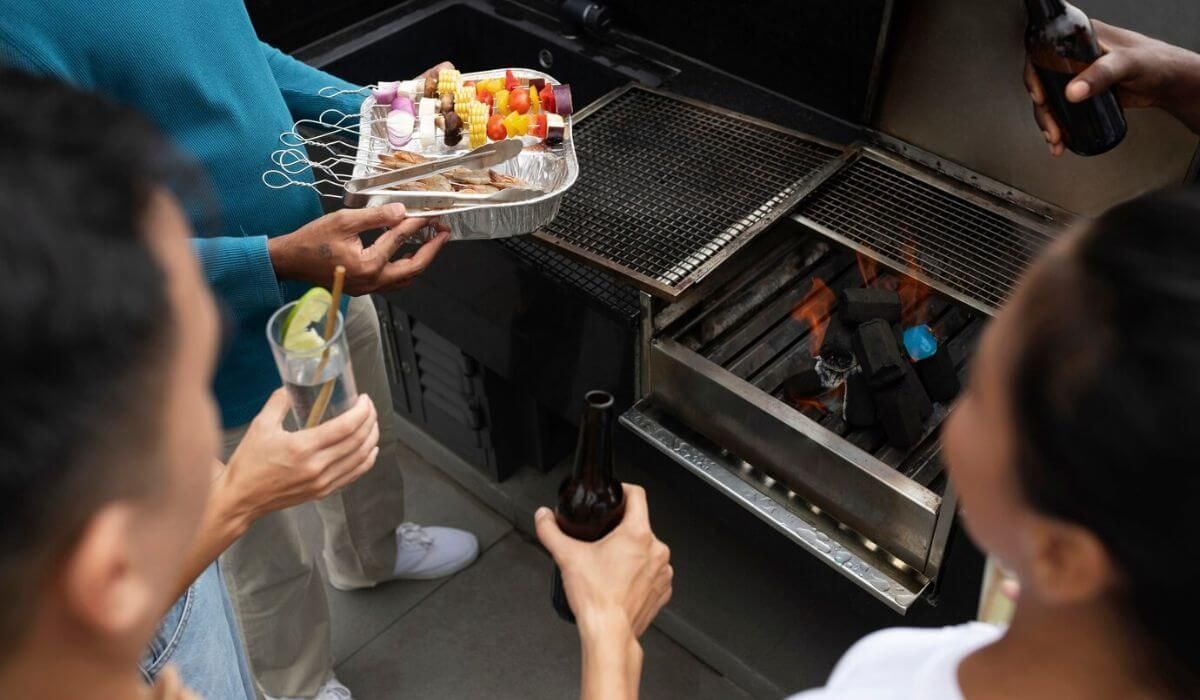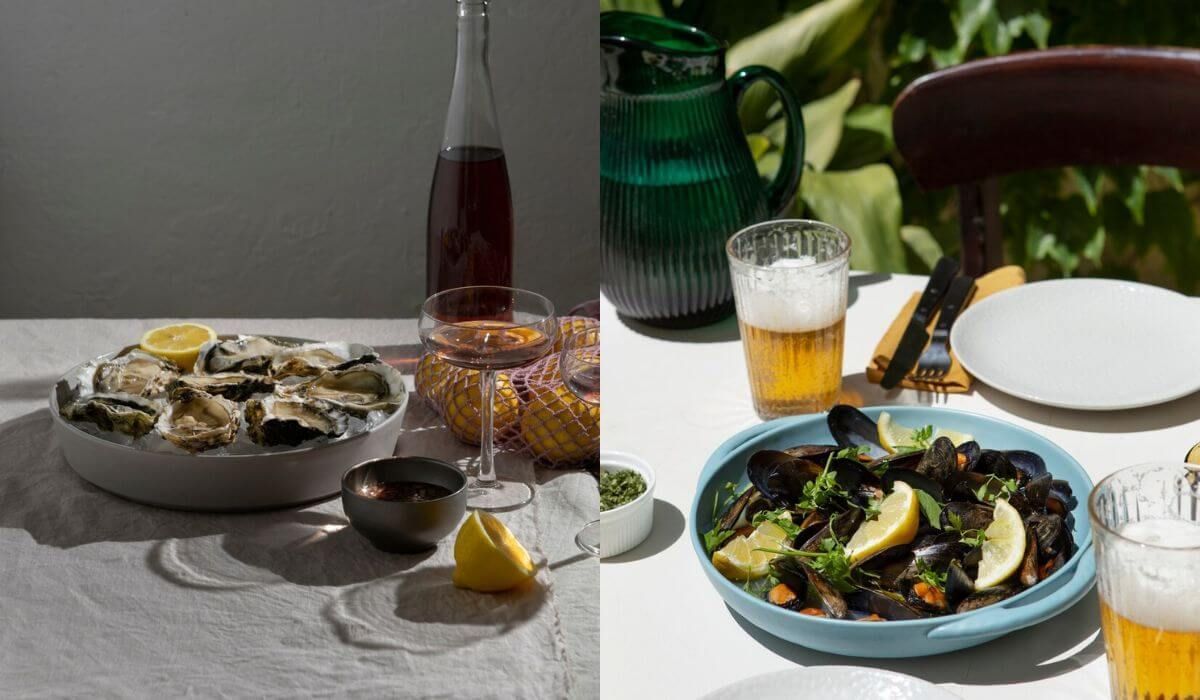Roasting vs Rotisserie: Key Differences & Best Cooking Methods
Fire, meat, and rotation – the heart of both spit roasting and rotisserie cooking. But are they the same? This guide dives deep into the nuances of each method, revealing its distinct characteristics and helping you choose the perfect technique for your next culinary masterpiece.
Untangling the Rotisserie Riddle
Spit roasting and rotisserie cooking, while both involving the rotation of meat over heat, are often mistakenly used interchangeably. This confusion stems from their shared core principle, but the differences in technique, equipment, and final product are significant.
Understanding these distinctions is crucial for any aspiring pitmaster or home cook seeking to maximize flavor and achieve the desired texture and doneness. Choosing the right method can elevate your cooking from ordinary to extraordinary.
What Is Spit Roasting?
Definition and Cooking Process: A Fiery Embrace
Spit roasting is a time-honored cooking method that involves skewering meat on a long rod (or spit) and rotating it over an open flame. This flame, fueled by charcoal, wood, or gas, provides intense heat and imparts a distinct smoky flavor. The rotation ensures even cooking as the meat slowly bastes in its own juices, developing a crispy, caramelized exterior. It's a technique often associated with large cuts of meat, whole animals, and celebratory feasts.
Common Uses of Spit Roasting
Spit roasting is traditionally used for large cuts of meat, such as whole pigs, lambs, and beef roasts. It's a popular choice for outdoor events, festivals, and cultural celebrations, where the spectacle of roasting meat adds to the festive atmosphere. While traditionally done over wood or charcoal, modern spit roasting often utilizes motorized spits for ease and consistency.
Advantages and Disadvantages of Spit Roasting
- Advantages: Exceptional flavor due to the smoky kiss of the open flame, even cooking from the constant rotation, and the creation of beautifully crispy and crackling skin. Ideal for large cuts of meat and whole animals, making it perfect for feeding a crowd.
- Disadvantages: Requires more space and specialized equipment (a robust spit and a powerful heat source), longer cooking times due to the slow and deliberate process, and often necessitates more manual setup, monitoring, and fuel management.

What Is Rotisserie Cooking?
Definition and Cooking Process
Rotisserie cooking also involves rotating meat on a spit, but the heat source is enclosed, typically within an oven or a specialized rotisserie oven. This enclosure allows for more controlled heat and often faster rotation speeds compared to spit roasting. The result is a more evenly cooked and consistently moist piece of meat.
Common Uses of Rotisserie Cooking
Rotisserie cooking is commonly used for smaller cuts of meat, such as chickens, turkeys, and smaller roasts. It's a popular method for home cooking, thanks to the availability of affordable rotisserie ovens and attachments for standard ovens. It's also a staple in commercial food production, where consistency and efficiency are paramount.
Advantages and Disadvantages of Rotisserie Cooking
- Advantages: Convenient and relatively easy to use, excellent moisture retention due to the enclosed cooking environment, and a more automated process that requires less hands-on attention.
- Disadvantages: Limited to smaller cuts of meat and poultry, less smoky flavor compared to spit roasting, and the skin may not achieve the same level of crispiness as with an open flame.

Key Differences Between Spit Roasting and Rotisserie
Cooking Technique and Equipment
Spit roasting uses an open flame, often fueled by charcoal or wood, and typically involves slower rotation speeds for larger cuts of meat. Rotisserie cooking uses an enclosed heat source, usually electric or gas, and often features faster rotation speeds for smaller cuts of meat and poultry. Spit roasting often requires a more manual setup and monitoring, while rotisserie cooking is generally more automated.
Best Meat Choices for Each Method
Spit roasting excels with large, tough cuts of meat and whole animals that benefit from the intense heat and long cooking times. Rotisserie cooking is better suited for smaller, more tender cuts of meat and poultry that cook quickly and evenly in a controlled environment.
Cooking Time and Heat Distribution
Spit roasting generally requires longer cooking times due to the lower and more variable heat of the open flame. The heat distribution can be uneven, leading to variations in texture and doneness. Rotisserie cooking, with its more consistent heat, often results in faster cooking times and more even heat distribution, leading to uniform texture and doneness.
Flavor and Texture Differences
Spit roasting imparts a deep, smoky flavor that's highly prized. The intense heat creates a beautifully crispy and often crackling skin. Rotisserie cooking produces tender and juicy meat, but the flavor is less smoky. The skin, while still crispy, may not achieve the same level of crackling as with spit roasting.

When to Choose Spit Roasting vs. Rotisserie?
Best Situations for Spit Roasting
Spit roasting is the ideal choice for outdoor events, large gatherings, and traditional roasting scenarios where the smoky flavor, crispy skin, and visual spectacle are desired. It's perfect for large cuts of meat and whole animals.
Best Situations for Rotisserie Cooking
Rotisserie cooking is best suited for everyday home cooking, commercial food production, and situations where convenience, consistent results, and smaller cuts of meat are preferred.
Spit roasting and rotisserie cooking, while both involving the rotation of meat over heat, are distinct cooking methods with different applications and outcomes. Understanding these differences empowers you to select the right technique for your specific needs, maximizing the flavor and enjoyment of your culinary creations.
Whether you're drawn to the primal allure of spit roasting or the convenience of rotisserie cooking, the key is to match the method to the meat, the occasion, and your desired flavor profile for a truly satisfying and delicious meal.
Let Catering Sydney elevate your catering experience - Get in touch with us now!
You might also like




